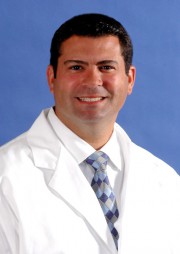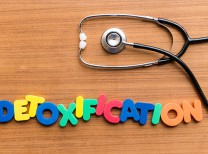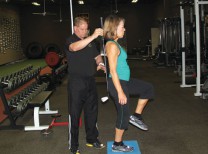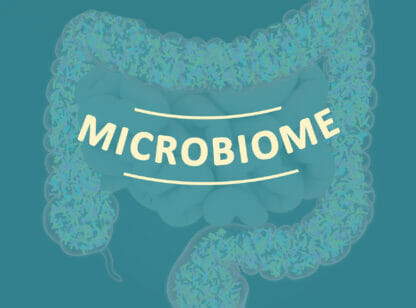
Dr. Presser
Here in the Desert many symptoms are attributed to allergies, but pneumonia is more common than you think. Early diagnosis and treatment can save you a trip to the hospital and ultimately a visit from me.
Symptoms. The most common symptoms of pneumonia include a cough which may produce greenish, yellow, or bloody mucus; fever; chills; shortness of breath; headache; and excessive sweating and clammy skin. You may also have sharp or stabbing chest pain that gets worse when you breathe deeply or cough. Often there is a loss of appetite, low energy, and fatigue. Older patients may also experience confusion.
Symptoms also can vary, depending on whether your pneumonia is bacterial or viral. In bacterial pneumonia, your temperature may rise to 105 degrees F. The pneumonia causes profuse sweating and rapidly increased breathing and pulse rate. Lips and nail beds may have a bluish color due to lack of oxygen in the blood. A patient’s mental state may be confused or delirious.
The initial symptoms of viral pneumonia are the same as influenza: fever, a dry cough, headache, muscle pain, and weakness. Within 12 to 36 hours, there is increasing breathlessness, the cough becomes worse and produces a small amount of mucus. There is a high fever and there may be blueness of the lips.
Diagnosis. With diagnosis, your doctor will listen to your lungs with a stethoscope. If you have pneumonia, your lungs may make crackling, bubbling, and rumbling sounds when you inhale, or there may be decreased or no breath sounds as the result of your lung being collapsed.
In addition to a chest x-ray, some patients may need other tests, including white blood cell count, arterial blood gases, CT scan, sputum tests, pleural fluid culture, and pulse oximetry to measure oxygen moving through the bloodstream. If you are hospitalized and antibiotics are not working well, your doctor may order a bronchoscopy to look into the lungs’ airways.
Treatment. Treatment for pneumonia depends on the type and severity of your pneumonia, and if you have other chronic diseases. The goals of treatment are to cure the infection and prevent complications.
Most people can be treated at home by drinking plenty of fluids to help loosen secretions and bring up phlegm, and getting a lot of rest. Fever can be controlled with aspirin, non-steroidal anti-inflammatory drugs (NSAIDS such as ibuprofen or naproxen), or acetaminophen. DO NOT give aspirin to children. Avoid cough medicines as they may make it harder for you to cough up the extra sputum.
If your pneumonia becomes so severe that you are treated in the hospital, you may receive fluids and antibiotics in your veins, oxygen therapy, and possibly breathing treatments. Sometimes the chest cavity needs to be cleaned out to allow the lung to completely re-expand. The best treatment for any infection is drainage using minimally invasive techniques and antibiotics.
Recovery. With pneumonia, you never want to rush recovery. Adequate rest is important to maintain progress toward full recovery, and to avoid relapse. And if those antibiotics aren’t working, insist on at least a chest x-ray.
Dr. Presser is a board certified thoracic surgeon specializing in minimally invasive procedures. He is an advocate for prevention and welcomes your questions. Dr. Presser can be reached at (760) 424.8224.














































Comments (0)